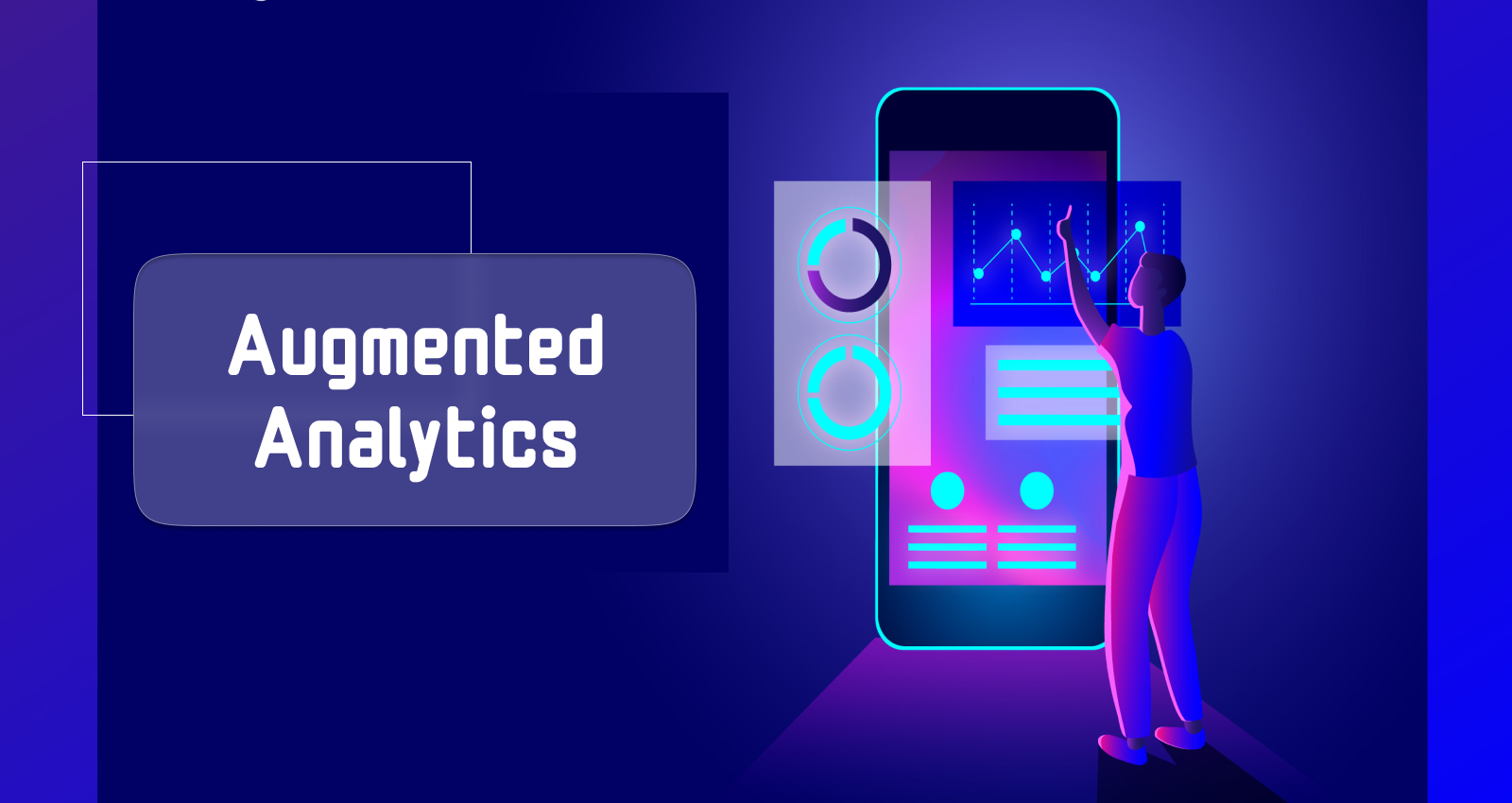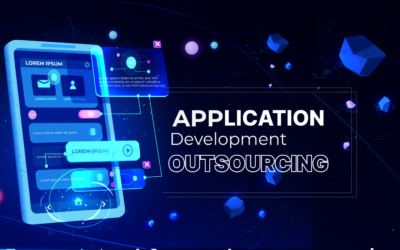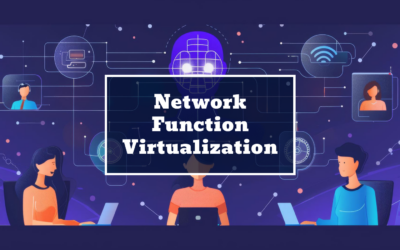What is Augmented Analytics? A Beginner’s Guide

In today’s fast-paced digital world, data is the new gold. Companies and organizations across the globe rely on data to make informed decisions, improve processes, and stay ahead of the competition. However, with the sheer volume of data being generated every day, it can be overwhelming to sift through it all to extract meaningful insights. This is where augmented analytics comes into play. But what exactly is augmented analytics, and why is it becoming a game-changer in data analysis? In this beginner’s guide, we’ll explore the fundamentals of augmented analytics, how it works, its key features, tools, and benefits, and why it’s becoming essential for businesses.
What is Augmented Analytics?
Augmented analytics refers to the process of using artificial intelligence (AI) and machine learning (ML) to enhance data analytics by automating data preparation, insight generation, and even insight explanation. In simpler terms, it’s about leveraging AI and ML to make data analysis faster, more accurate, and accessible to everyone, regardless of their technical expertise.
Traditionally, data analysis was a task reserved for data scientists and analysts who would manually clean, process, and analyze data before presenting it to decision-makers. This process could take days or even weeks, depending on the complexity and volume of the data. Augmented analytics, however, accelerates this process by automating many of these tasks, allowing users to quickly uncover insights and trends hidden within their data.
How Does Augmented Analytics Work?
Augmented analytics operates by integrating AI and ML throughout the data analysis process, automating various stages to streamline operations and improve outcomes.
Data Collection and Preparation:
- Data Collection: Augmented analytics tools automatically gather data from multiple sources such as databases, cloud services, social media, and more. This integration ensures that all relevant data is considered for analysis.
- Data Preparation: Once the data is collected, these tools clean and organize it. They handle tasks such as removing duplicates, filling in missing values, and transforming data into a consistent format. This step, which traditionally required significant manual effort, is now automated, saving time and reducing errors.
Insight Generation:
- AI and ML Algorithms: After data preparation, AI and ML algorithms analyze the data to identify patterns, trends, and correlations. These algorithms can process large volumes of data much faster than a human could, and they can uncover insights that might not be immediately apparent.
- Predictive Analytics: These tools can also use historical data to predict future outcomes, helping businesses anticipate trends and make proactive decisions.
Insight Explanation:
- Natural Language Processing (NLP): Augmented analytics tools often use NLP to explain the insights generated in plain language. This means that instead of showing complex graphs or raw data, the tool can summarize the findings in a way that is easy to understand.
- Data Visualization: These tools also offer advanced visualizations, such as interactive dashboards and charts, which help users quickly grasp the insights and make informed decisions.
Actionable Recommendations:
- Decision Support: Some augmented analytics platforms go beyond providing insights by suggesting specific actions based on the data analysis. For example, if sales are declining, the tool might recommend increasing marketing efforts in specific regions or adjusting pricing strategies.
Features of Augmented Analytics
Augmented analytics tools come equipped with several advanced features that differentiate them from traditional analytics tools.
Natural Language Processing (NLP): NLP allows users to interact with data through natural language queries. For instance, instead of using complex SQL queries, a user can simply type or ask, “What were our top-selling products last month?” and receive a direct answer.
Automated Data Preparation: Automated data preparation reduces the time and effort required to clean and organize data. This feature ensures that the data is ready for analysis without the need for extensive manual intervention.
Smart Data Discovery: Smart data discovery helps users uncover hidden patterns, correlations, and trends in the data. The tool automatically highlights significant findings, which might otherwise be overlooked during manual analysis.
Advanced Visualizations: Augmented analytics tools offer advanced and customizable visualizations, making it easier for users to interpret complex data sets. These visualizations include dashboards, charts, and graphs that present data in a user-friendly format.
Predictive Analytics: By analyzing historical data, augmented analytics tools can predict future trends and outcomes. This predictive capability helps businesses make data-driven decisions and plan for potential scenarios.
Augmented Analytics Tools
Several tools are leading the way in augmented analytics, each offering unique features and capabilities. Here are some of the most popular ones:
1. Tableau: Known for its powerful data visualization capabilities, Tableau integrates augmented analytics to help users uncover hidden insights quickly. Its intuitive interface makes it easy for non-technical users to create interactive dashboards and reports.
2. Microsoft Power BI: Power BI is a business analytics tool that provides a comprehensive suite of augmented analytics features, including automated data preparation, smart insights, and natural language queries. It’s also seamlessly integrated with other Microsoft products, making it a popular choice for businesses.
3. QlikView: QlikView is a data discovery and analytics platform that leverages augmented analytics to provide users with actionable insights. Its associative data engine allows users to explore data from different angles, revealing connections that might otherwise go unnoticed.
4. IBM Cognos Analytics: IBM Cognos Analytics is an AI-powered business intelligence platform that offers a wide range of augmented analytics features. It includes automated data preparation, advanced visualizations, and AI-driven insights, making it a powerful tool for businesses of all sizes.
Benefits of Augmented Analytics
The adoption of augmented analytics offers numerous advantages, making it a valuable tool for modern businesses.
Increased Speed and Efficiency: By automating data preparation and analysis, augmented analytics significantly reduce the time required to generate insights. This speed allows businesses to react more quickly to changes and make timely decisions.
Improved Accuracy: The use of AI and ML in data analysis reduces the risk of human error, leading to more accurate and reliable insights. This accuracy is crucial for making informed decisions that impact the business.
Empowers Non-Technical Users: One of the most significant benefits of augmented analytics is that it empowers non-technical users to engage with data. Features like natural language processing and automated insight generation make it easier for users from various departments to analyze data without needing advanced technical skills.
Cost-Effective: By streamlining the data analysis process and enabling faster decision-making, augmented analytics can lead to cost savings. Businesses can reduce the time and resources spent on manual data analysis and make better use of their data to identify new opportunities.
Conclusion
In an era where data is king, augmented analytics is emerging as a powerful tool that allows businesses to unlock the full potential of their data. By automating the data analysis process and making it accessible to everyone, augmented analytics is helping organizations make faster, more informed decisions. Whether you’re a business owner looking to gain a competitive edge or a data analyst seeking to improve your efficiency, augmented analytics offers many benefits that can’t be ignored. With tools like Tableau, Microsoft Power BI, QlikView, and IBM Cognos Analytics leading the way, the future of data analysis is undoubtedly bright, and augmented analytics is at the forefront of this transformation.
Are you looking for any IT Services such as Software Testing, Web design and Development, Professional/Staff Augmentation Services, Cloud Computing, Mobile App Development, Digital Marketing Services and more? Connect Stridefuture Technology, which helps to meet your requirements.
{StrideFuture Technology, a full-service company specializing in Software Solutions and Consultancy services. We specialize in Personal, Business, IT Services, Software Testing, Web design and Development, Mobile App Development, Digital Marketing Services, and much more you can dream Virtually with us! Reach out for more service at StrideFuture Technology.}









